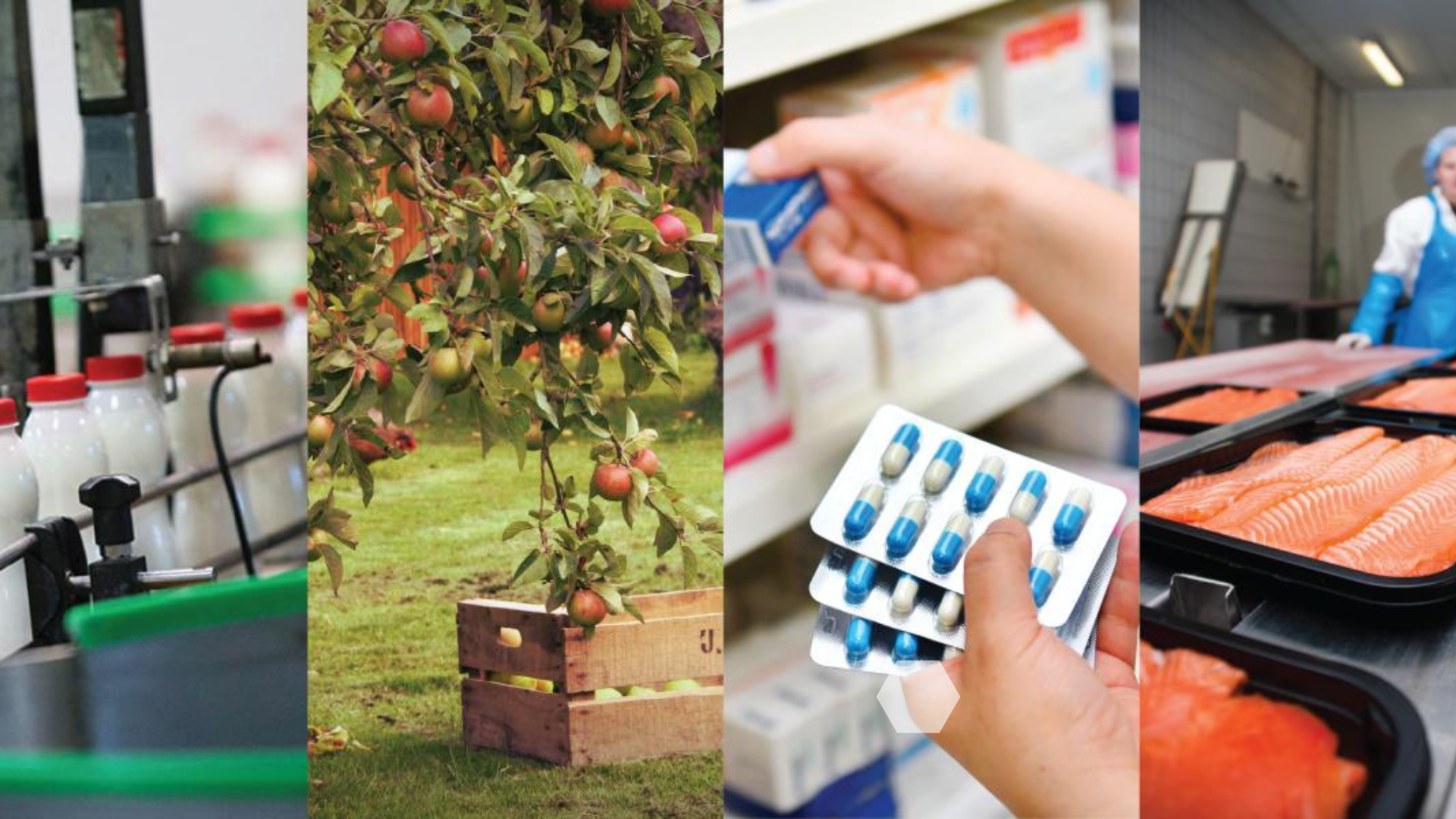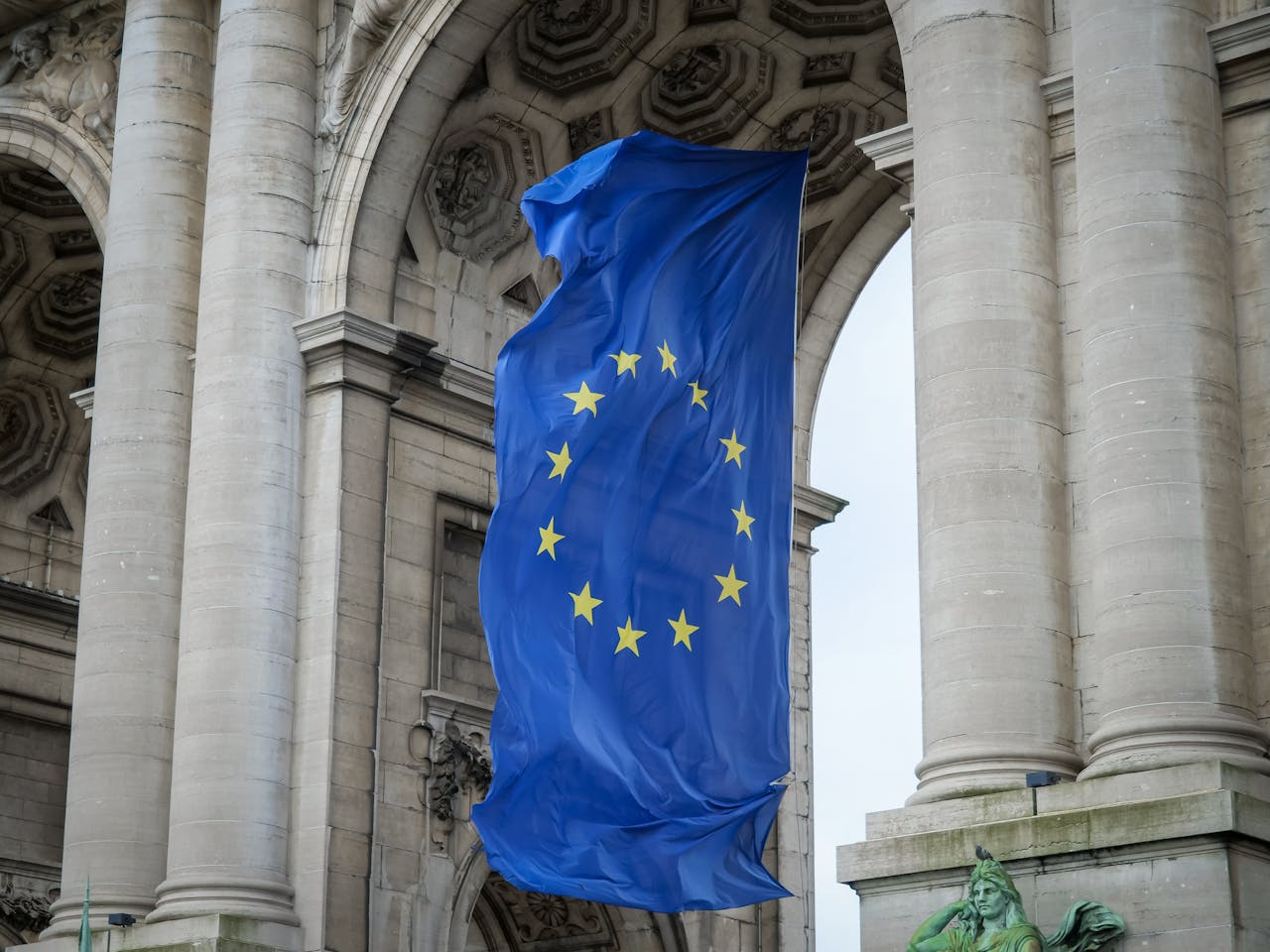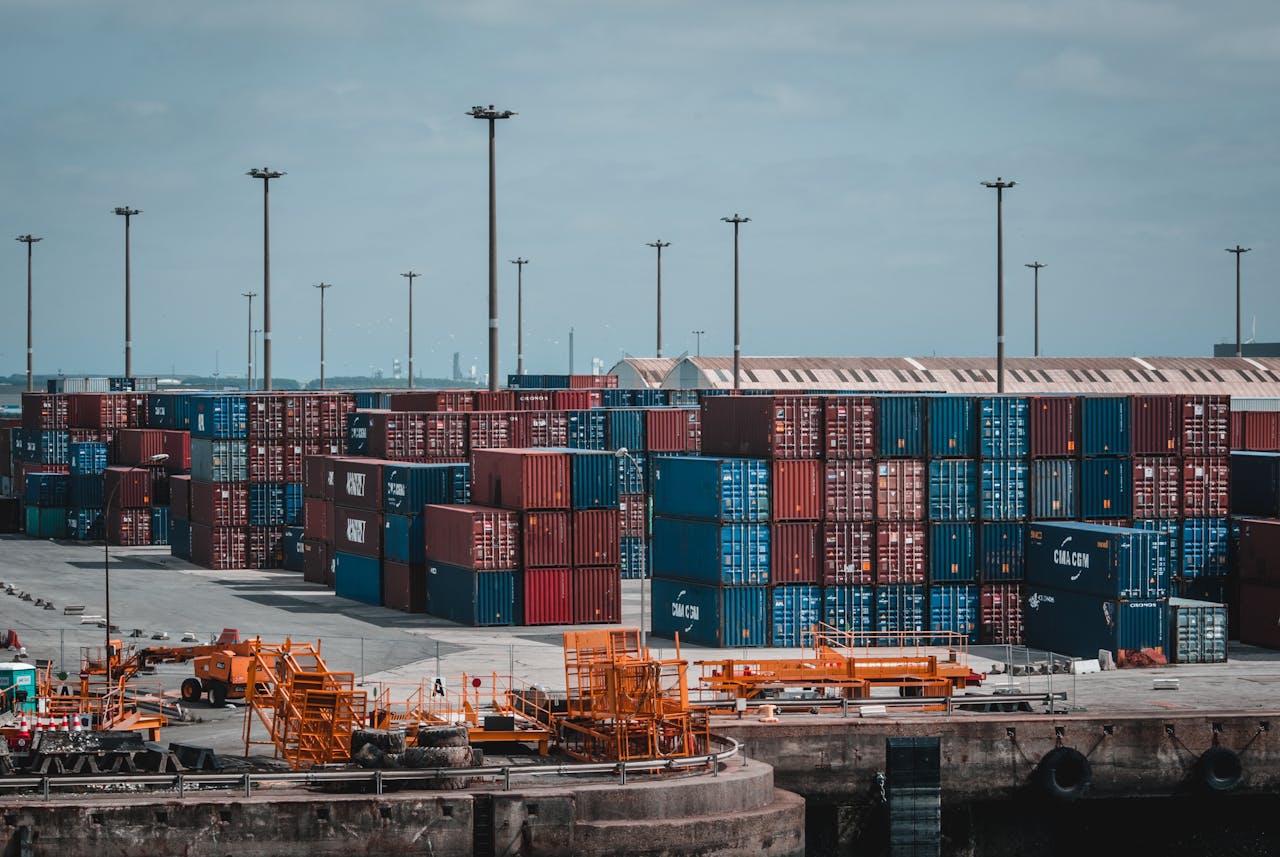- Published on LinkedIn on February 15, 2021
Pharma. Footwear. Cameras. Tires. Perfume. Bicycles. Wheelchairs. Bottled water. Tobacco. Fur. Now Dairy. And just announced Pork. And by 2024 likely all commodities, and consumer goods. If you are working in a company exporting any of these items into Russia today, someone in your company has probably been worrying about this. A disruption in the flow of your goods into a country of 144 million people will be oчень плохо (very bad).
I am speaking of course about complying with the vast Russian traceability program, launched in 2018, called Chestny ZNAK (Translation: Honest Sign). Russia’s “unified national track & trace digital system”, created by the Center for Research in Perspective Technologies (CRPT) to “implement global projects in the digital economy”. This effort represents Russia’s first private-public partnership in the IT sector. Estimates of investment required from the private sector to comply are projected at over $2.0B over a 15 year period.
It’s been over three years since Russia formally began transforming its supply chain. In signing Federal Law No.425-FZ Vladimir Putin set into motions sweeping legislation that by 2024 will affect nearly every consumer product and commodity sold into Russia. Chestny ZNAK is the work of Russia’s Center for Research in Perspective Technologies (CRPT), a joint project of USM (Peter-service, 50%), Rostec State Corporation (Avtomatika Concern, 25%) and Elvis-Plus Group (25%). Chestny ZNAK makes it possible to effectively identify and expel counterfeit goods, and protects legal businesses and brands of approved manufacturers through the introduction of a digital track & trace system. One especially unique aspect of the system is the focus on the consumer as both a beneficiary of the system, as well as a part of the workflow. Using a mobile app, Russian consumers can scan the 2D Data Matrix on the product and report any illegal products identified. Through the app, information is uploaded to the appropriate governmental authorities. From the government’s perspective, the track and trace technology will shrink the counterfeit market, increase tax payments, and reduce oversight costs required to manage these industries; all of which is projected to improve Russian GDP by 1.2% (1.8 trillion rubles).
The numbers tell the story of the proliferation of illegal products in the Russian marketplace where 35% of the manufacturing sector, 20% of the perfume market, and 10% of the pharma market are thought to be composed of counterfeit products. Equally alarming has been the growth rate of counterfeit cigarettes which has nearly quadrupled over the most recent four year period to over 15%.
Getting (sort of) technical
Stepping back, the project relies on the use of Data Matrix codes placed on the packaging of goods across specific categories. The Data Matrix is divided into two parts: the ID code, which determines the product’s position in the track & trace system and in the unified catalogue of goods, and the verification code or crypto-tail, which is generated by ….
View the full article on LinkedIn.






